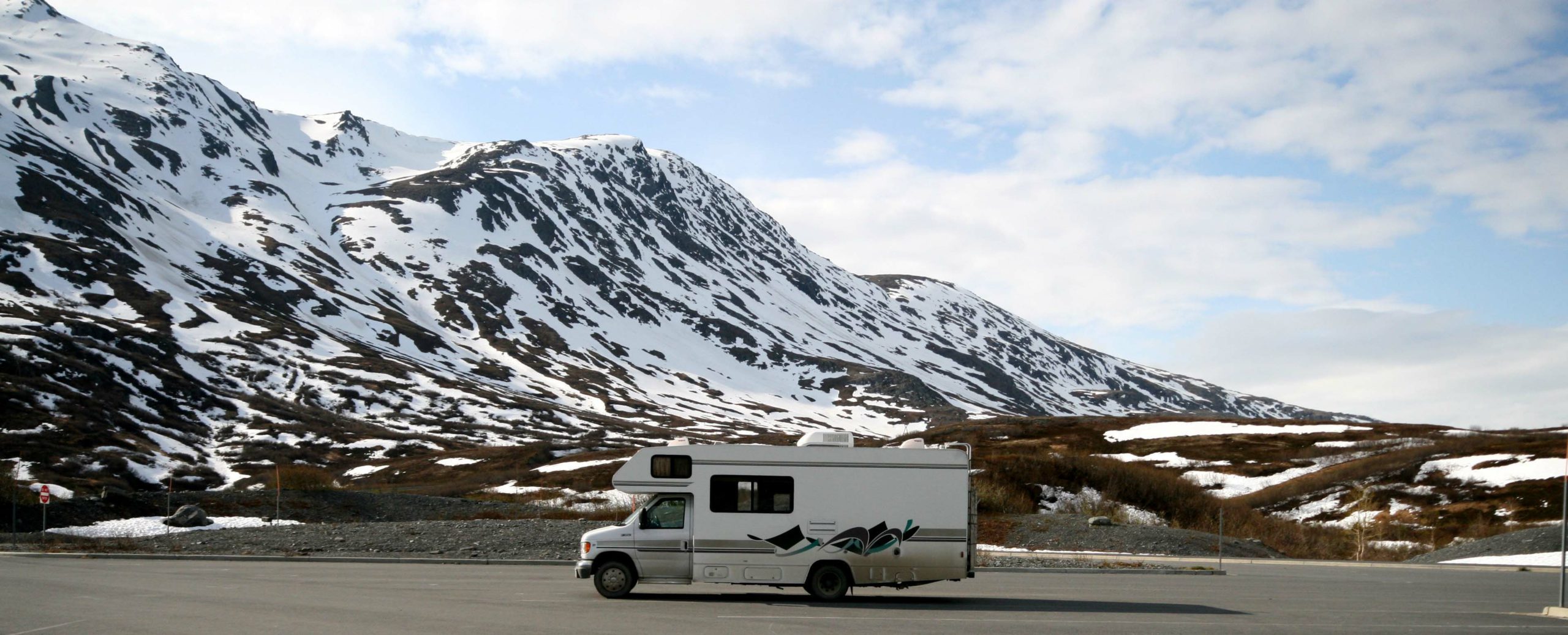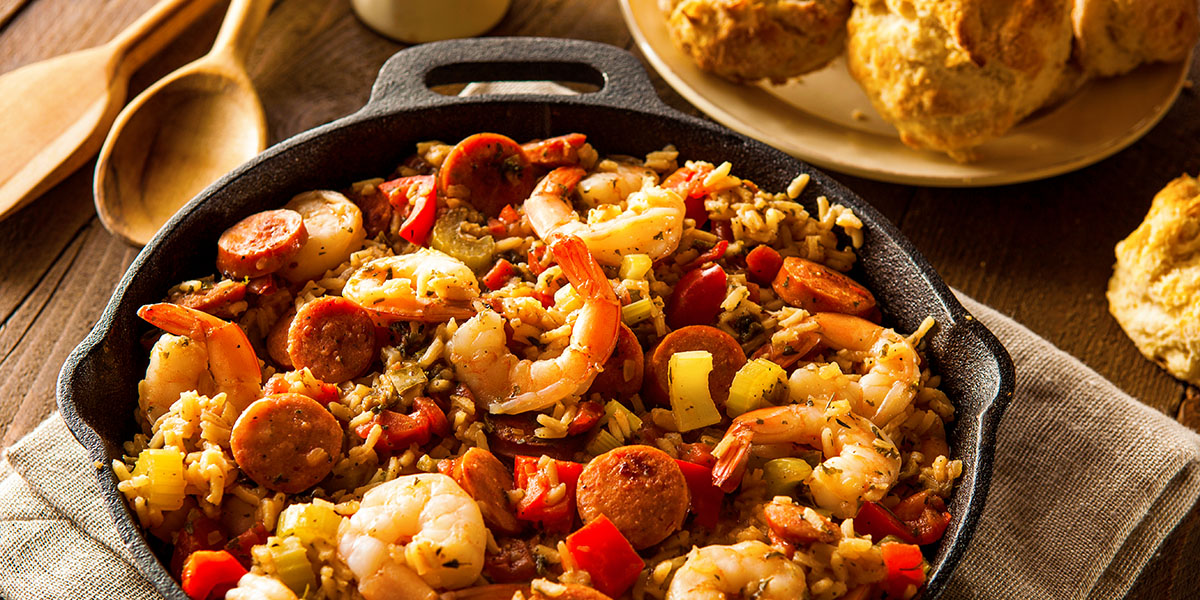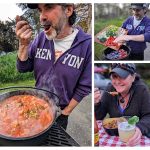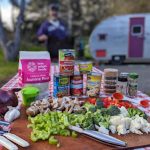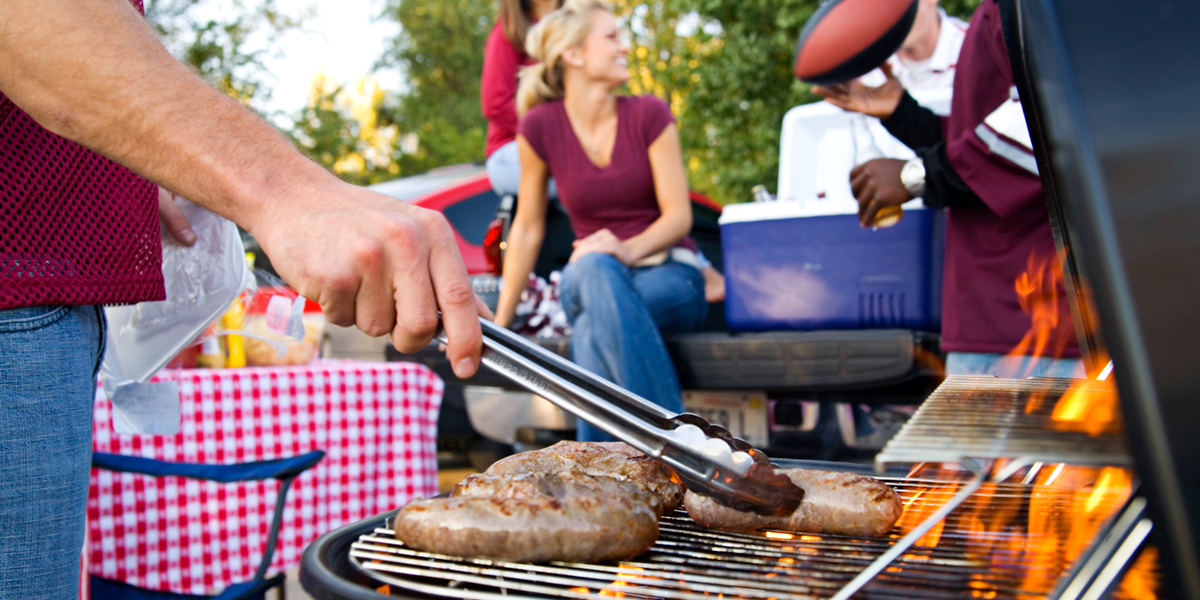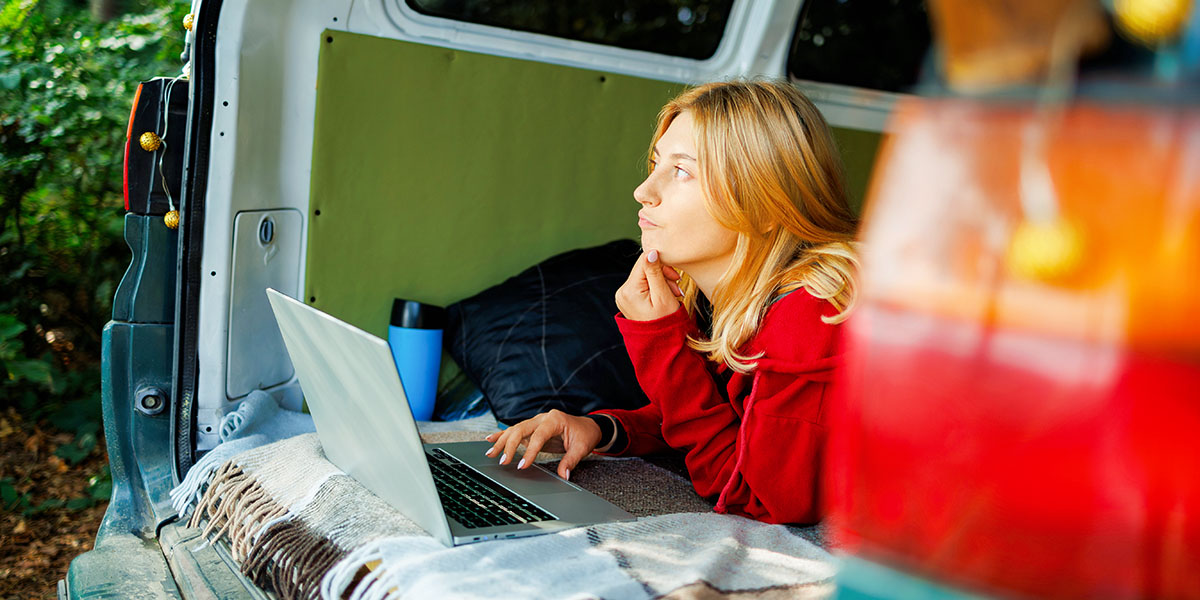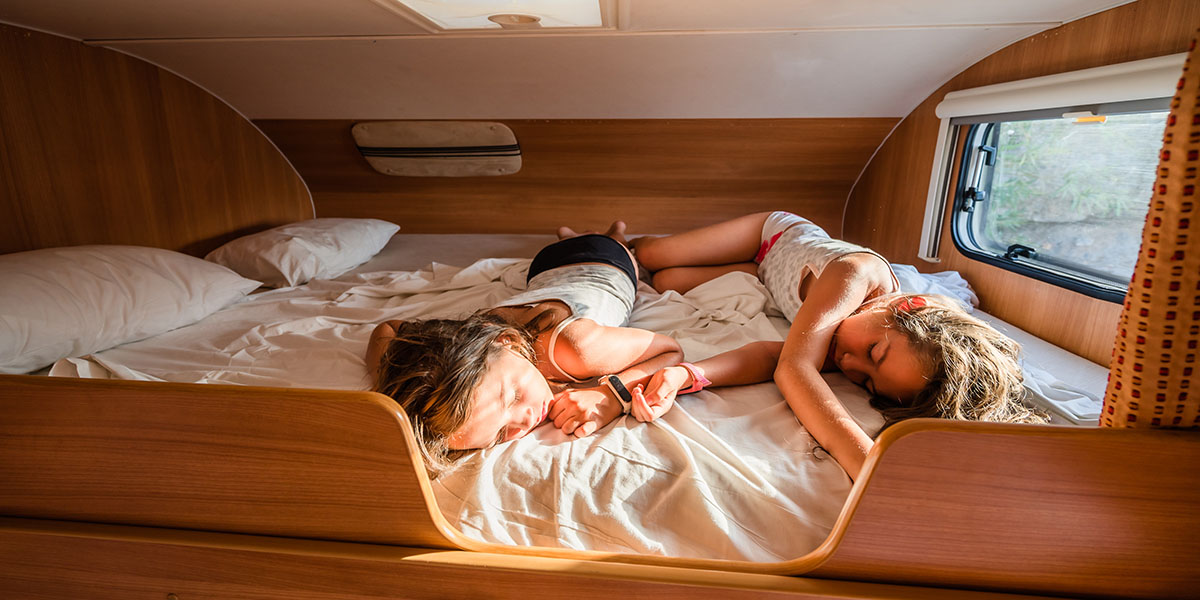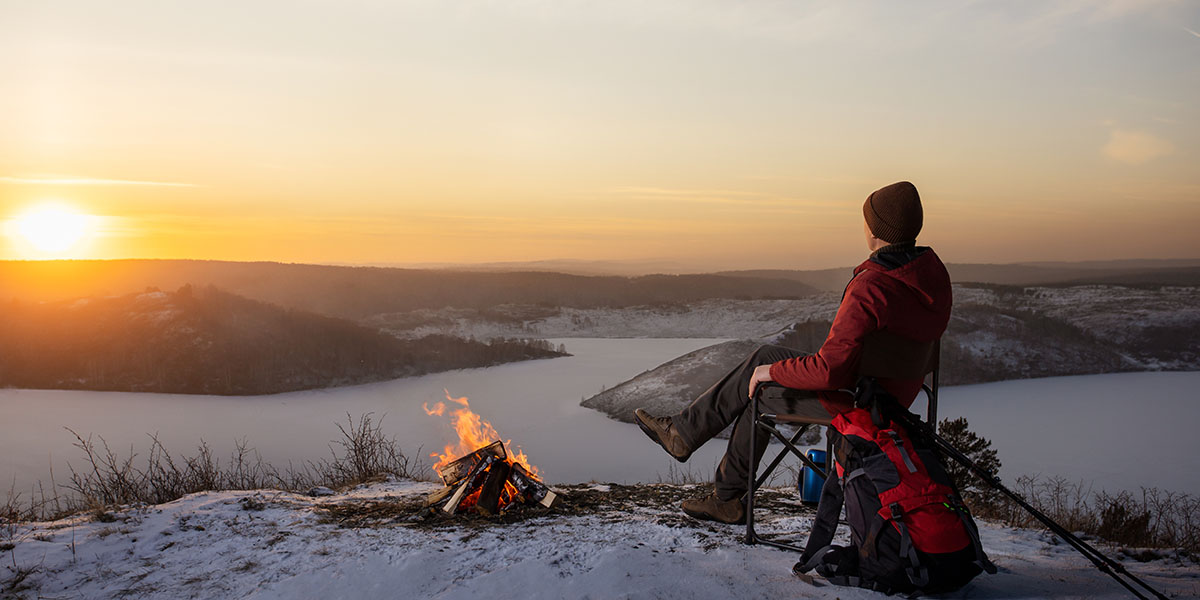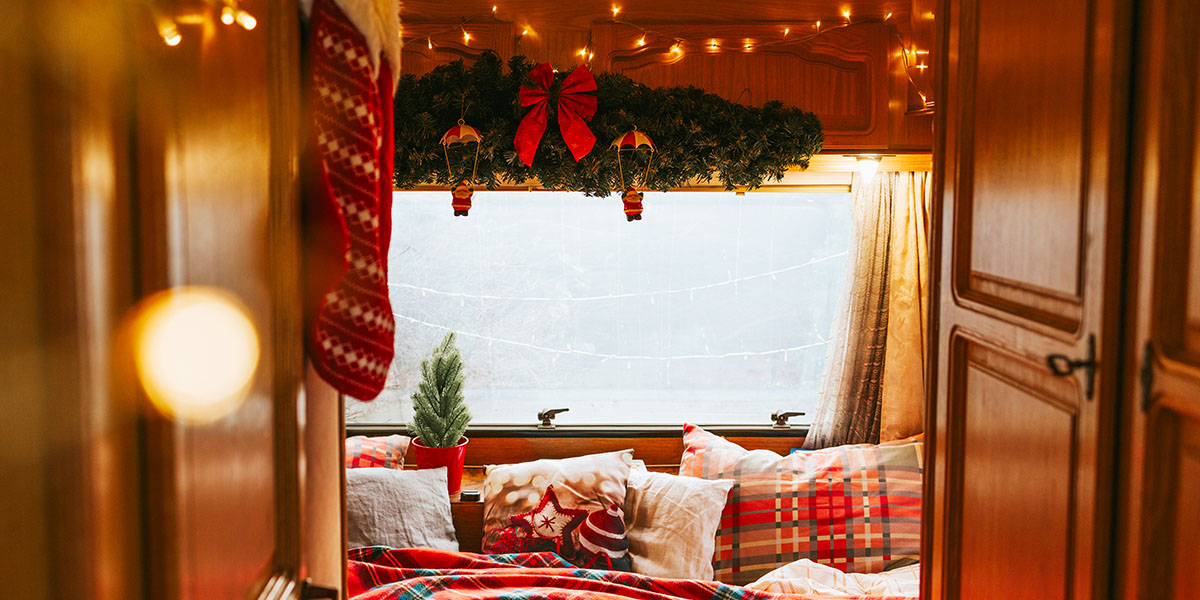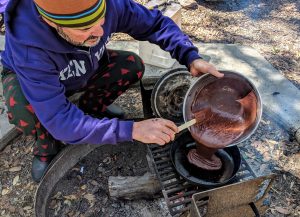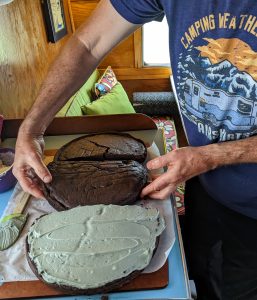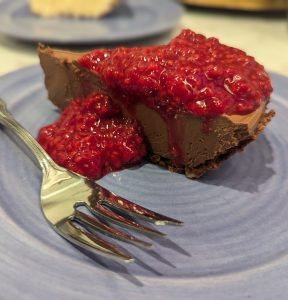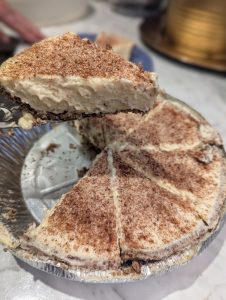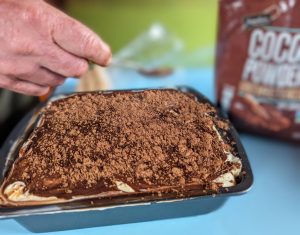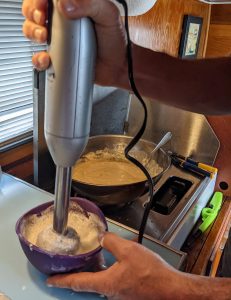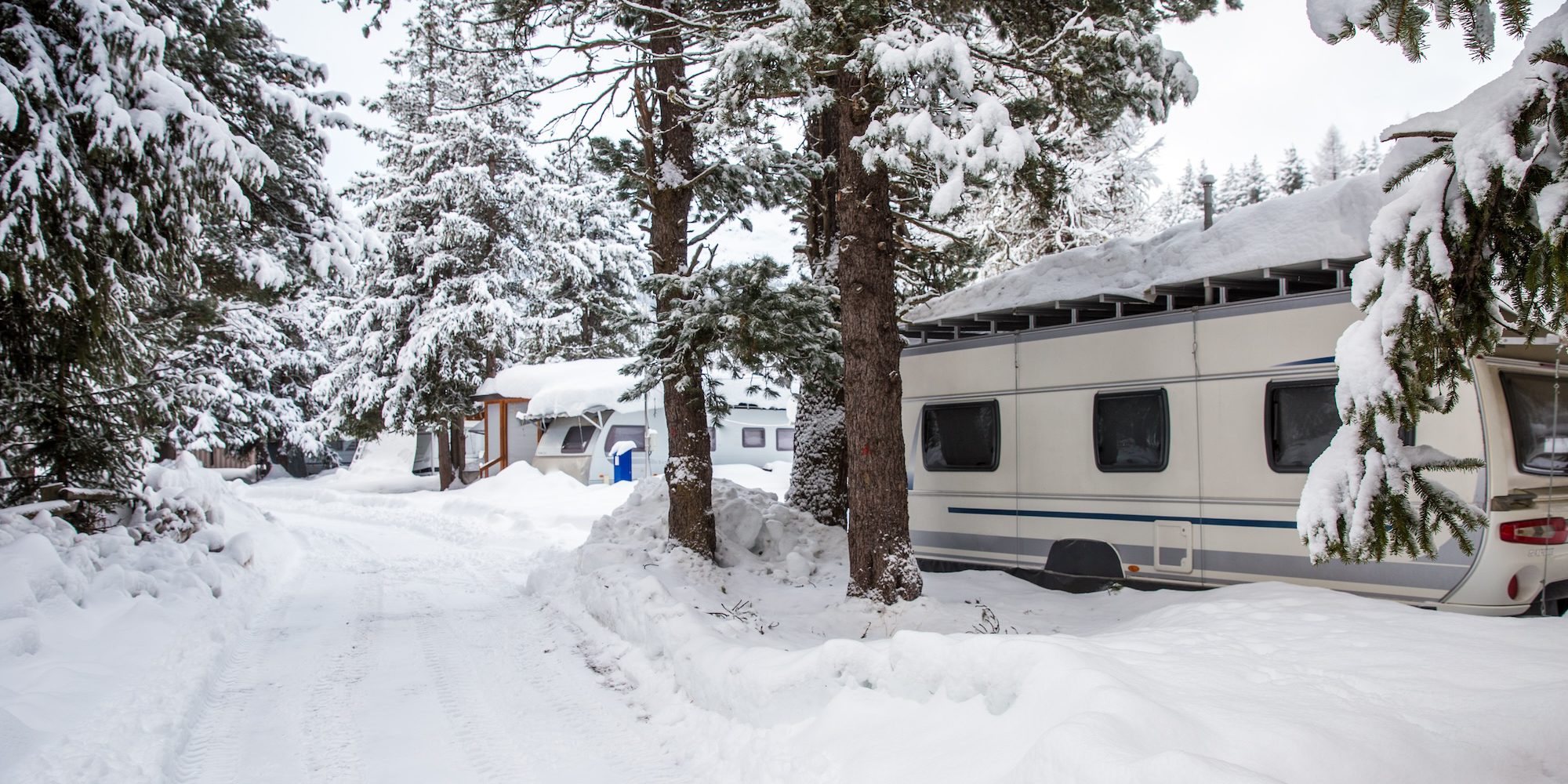Canada is known as “the Great White North” for a good reason. Much of this beautiful country is covered under a blanket of snow from November to May. Winter camping in Canada demands a level of preparedness and sense of adventure that RVers won’t need any other time of year. That’s because although preparation makes RV living better any time of year, a Canadian winter can kill you if you aren’t properly prepared.
The Two Big Mistakes People Make
Mistake No. 1 – Not Driving Away from Bad Conditions
The first mistake people make is staying in Canada where winter weather often features blizzards and temperatures get as cold as 40 degrees below zero. (Especially when there are warmer destinations in the south.) When you think about it, one of the best things about an RV is that it has wheels. That means you can drive it or tow it to warm places like Florida, Texas, California or Arizona, where you can avoid winter altogether. This, of course, is know as snowbirding.
Mistake No. 2 – Assuming It’s Just Too Cold to RV
Alternatively, the second mistake when RVing in Canada is thinking that you can’t RV in Canada in winter because it’s too cold. The truth is frigid winter temperatures aren’t the norm on Canada’s southwest coast. This area is renowned for its mild, rainy winter climate. Not only that, but the further west you go, the milder the climate is. For example, in Victoria, British Columbia, the average winter temperature hovers around 9 degrees Celsius in the winter months. (That’s 48 degrees Fahrenheit my American friends.) That’s as warm as Canada get in winter.
As a matter of fact, Vancouver Island (as far west as you can go in Canada) offers a mild climate that has made it a popular destination for Canadian snowbirds. But warmer winter temperatures aren’t all that Vancouver Island offers. Snowbirds love this 285 mile long island for its lush rainforests, incredible wildlife viewing, and pristine sandy beaches.
However, there are still lots of reasons why people choose to RV in the Great White North in winter. Many Canadian snowbirds, who normally head south for winter, may delay their annual migration south until the Canadian dollar increases in value. But with that being said, many skiers, snowboarders, and other winter sport enthusiasts, find having a cozy “chalet on wheels” very practical. And then there’s the diehard camping fanatics, who enthusiastically brave the elements, to enjoy the peaceful and bug-free atmosphere of winter camping in Canada. Other RVers use their RVs as affordable accommodation at remote job sites. Or as a portable guest cottage. Or as a full-time home on wheels.
With the right RV, the right equipment,and a lot of preparation, RV camping can be an easy, affordable and fun winter activity, wherever you happen to be in Canada.
So, are you ready to discover everything you need to know about winter camping in Canada? Let’s dig in!
What to Pack for RV Camping in Winter
If you’re going winter camping in Canada, there are some items that are essential to have for both comfort and survival. This list includes basic items you need to have, but you’ll want to add to it according to your own specific needs.
Cold-Weather Clothing
Dressing in layers is the most important part of staying warm when it’s cold out. You’ll need a base layer, a mid layer, and an outer layer. Each clothing layer will help trap and retain body heat to keep you warm and toasty. Merino wool is the best choice for your base layer, and every layer on top of that should be wool or synthetic. Your outer layer can be a puffy down or synthetic jacket.
For most of Canada, you’ll need to have a hood that has adjustable cords. Moisture absorbing materials should always be avoided since moisture keeps you cool. That means don’t pack cotton clothing (like T-Shirts and jeans) because cotton absorbs moisture instead of wicking it away. Here’s what each camper in your party will need.
- Underwear
- Moisture wicking Merino socks
- Moisture wicking Merino long underwear
- Synthetic fleece or wool clothing for mid layers
- A puffy, waterproof jacket to retain body heat and protect against external moisture
- Waterproof snow pants.
- Knit hat (known as a toque in Canadian)
- Gloves
- Scarf to keep your throat warm.
- Insulated winter boots
Essential Winter Gear
Here are our recommendations for essential gear you’ll want to have with you when you camp in winter. This is by no means an exhaustive list, but it has all the essentials specifically geared for winter camping.
- Propane
- Space heater
- Heated water hose
- Heat tape and insulation
- Tank heater for each holding tank
- RV skirting
- Reflectix insulation for windows
- Dehumidifier
- Fire extinguisher
- Smoke and CO detectors
- First aid kit
- Extra blankets
- Fleece sheets
- Electric blanket
- A hand held hair dryer or heat gun to thaw frozen pipes.
- Portable fire pit
- Fuel for portable fire pit
- Tire chains for RV or tow vehicle drive axle wheels and trailer
Choose the Right RV for Winter Camping
Winter camping in Canada’s winter temperatures is demanding. Unless you’re camping around Victoria, you’ll want to have a four-season RV. Four-season RVs have specific features which help to ensure you stay cozy while enjoying amenities that include running water in the bathroom and kitchen. Many features of an all-weather camper typically include:
- Better insulation package
- Tires rated for snow
- Ducted heating systems that keep pipes from freezing
- Insulated basement cabinet doors
- Double-paned windows
- Heating pads for wastewater, fresh water, and sewage tanks
- Enclosed underbelly
- Heated flooring
Stay on the Road with Snow Tires and Tire Chains
Snow tires or tire chains help provide traction on roads made slippery by snow and ice. If you plan to drive your rig anywhere in Canada in winter, you should have them. The mountainous province of British Columbia requires all vehicles to have snow tires between October 1 and April 30. Also, tire chains are a legal requirement in the province of British Columbia for vehicles over 16,000 pounds during those same months.
Prevent Water from Freezing in Your RV
Some RVers who camp in colder temperatures winterize their water system and carry bottled water onboard. The question that begs to be asked is: “Where’s the fun in that?” After all, the reason most of us have an RV is to have all the comforts of home with us. The truth is, there are things you can do to keep water flowing in your RV, even when it’s cold outside.
- Wrap city water connection with heated pipe insulation.
- Connect to city water using a heated water hose.
- Use RV skirting to keep the temperature under the RV above freezing .
- Add tank heating pads to exposed holding tanks.
- Use an RV sewage hose heater to prevent sewage from freezing and forming the dreaded poopsicle.
- If you’re camping where there’s no city water connection, keep your freshwater tank full so that it’s less likely to freeze.
Employ RV Skirting
Your RV will stay a lot warmer in winter if you use some form of RV skirting to block cold air and wind from getting underneath your RV. There are different ways to do this and it doesn’t have to cost a lot. RV skirting can be custom made or constructed of insulating boards. Here are the top ways to skirt an RV.
Custom Insulated Vinyl RV Skirting (~ $800-$3,000)
Insulated vinyl RV skirting is a fantastic option for RVers who park in one spot for several months over winter and then travel in the RV when it’s warm out. That’s because it can be rolled up and stored in basement cabinets when you travel. However, vinyl RV skirting is usually installed using snaps or twist locks that require drilling into the exterior cladding of your RV.
The best skirting is custom fitted to your specific RV make, model, and year, but you can also buy a custom made DIY RV skirting kit online to do the installation yourself. Here are three companies that custom make RV skirting.
- EZ Snap Direct. Custom, no-drill DIY RV skirting that installs using no-drill snaps.
- RV Skirting.com. Custom RV skirting with a patented nail-down strap system.
- The Skirting Company. Specialize in custom RV skirting for full time RVers.
Air Skirts (~$2,000-$3,000)
Air Skirts are insulating air bags that resemble giant cigar tubes. They are made to fit snugly underneath RVs of varying dimensions. They’re an easy DIY because you simply put them in place and inflate them using an air compressor. Like custom vinyl skirting, Air Skirts can be a fantastic, portable option for those who spend winter in one place and travel in the warmer months.
DIY RV Skirting (~ $100-$500)
It’s easy to make your own RV skirting from insulating foam board, plywood, Reflectix bubble insulation, or any combination of these. This DIY upgrade requires little skill, other than measuring and cutting. Some building supply retailers even offer onsite material cutting services, so you don’t need your own saw or blade.
Prioritize a Great RV Heating System
No matter where you RV in the Great White North, you’ll want to have an operational RV heating system. It’s a good idea to service your RV furnace and propane system before winter hits. This means cleaning the furnace itself as well as air ducts and using a manometer to ensure there are no propane leaks.
You’ll also want to have lots of propane on hand and a means to keep propane bottles warm enough to keep the propane from freezing. If you RV in Canada, you owe it to yourself to invest in an RV propane bottle blanket that will keep your propane evaporating (and flowing) even in the coldest weather.
Why Consider Winter Camping in Canada
Winter RVing in Canada can be a lot of fun and very rewarding. However, like everything else in life, preparation is key here. When it comes to RVing in cold temperatures, this includes having a four-season RV equipped with snow tires. It’s also important to have the right gear with you, so you can stay comfy and cozy.
